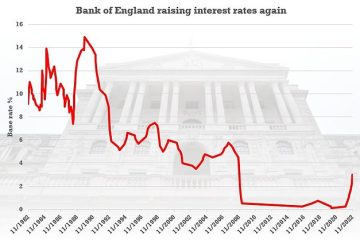The Current State of Affairs in Pakistan: A 2023 Overview

Introduction
Pakistan, a South Asian country with a rich cultural heritage and complex geopolitical landscape, continues to face numerous challenges and opportunities in 2023. Understanding the current events and developments in Pakistan is crucial, as they hold significant implications for the region and the global community. With ongoing economic difficulties, political debates, and social movements, the stability and progress of Pakistan are of paramount interest to both its citizens and international observers.
Political Landscape
Recent months have seen significant political developments in Pakistan, particularly following the ousting of Prime Minister Imran Khan in April 2022. The new coalition government under Shehbaz Sharif is still grappling with the aftermath of the power shift, which has sparked protests and demonstrations across the country. Political tensions are high, with Khan’s supporters calling for fresh elections and accusing the government of failing to address key issues such as rising inflation and unemployment.
Economic Challenges
Economically, Pakistan faces a tough road ahead. The country has been grappling with a rising debt burden, foreign exchange shortages, and spiralling inflation, which recently reached over 27%. Efforts to seek financial assistance from the International Monetary Fund (IMF) have become critical. As of October 2023, negotiations continue to secure a bailout package that could provide much-needed relief to the beleaguered economy. The agriculture sector, a significant contributor to Pakistan’s GDP, is also under pressure due to climate change and water scarcity, necessitating urgent reforms.
Social Issues and Developments
Socially, Pakistan is witnessing a growing youth movement advocating for education, women’s rights, and environmental awareness. The contemporary youth, comprising approximately 60% of the population, is increasingly vocal about pressing issues and looking for transparency and accountability from their leaders. Furthermore, societal challenges such as poverty, healthcare inadequacies, and educational disparities remain pressing concerns that require immediate attention and strategic interventions.
Conclusion
In conclusion, the current affairs in Pakistan reflect a nation at a crossroads, facing political unrest, severe economic challenges, and social upheaval. As the government navigates these complexities, both internal and external factors will shape the future trajectory of the country. The response from the international community, particularly regarding financial assistance and diplomatic support, will play a critical role in determining Pakistan’s stability and growth in the coming years. Readers should remain aware of these developments as they unfold, as Pakistan’s future will undoubtedly resonate beyond its borders, impacting regional and global dynamics.









